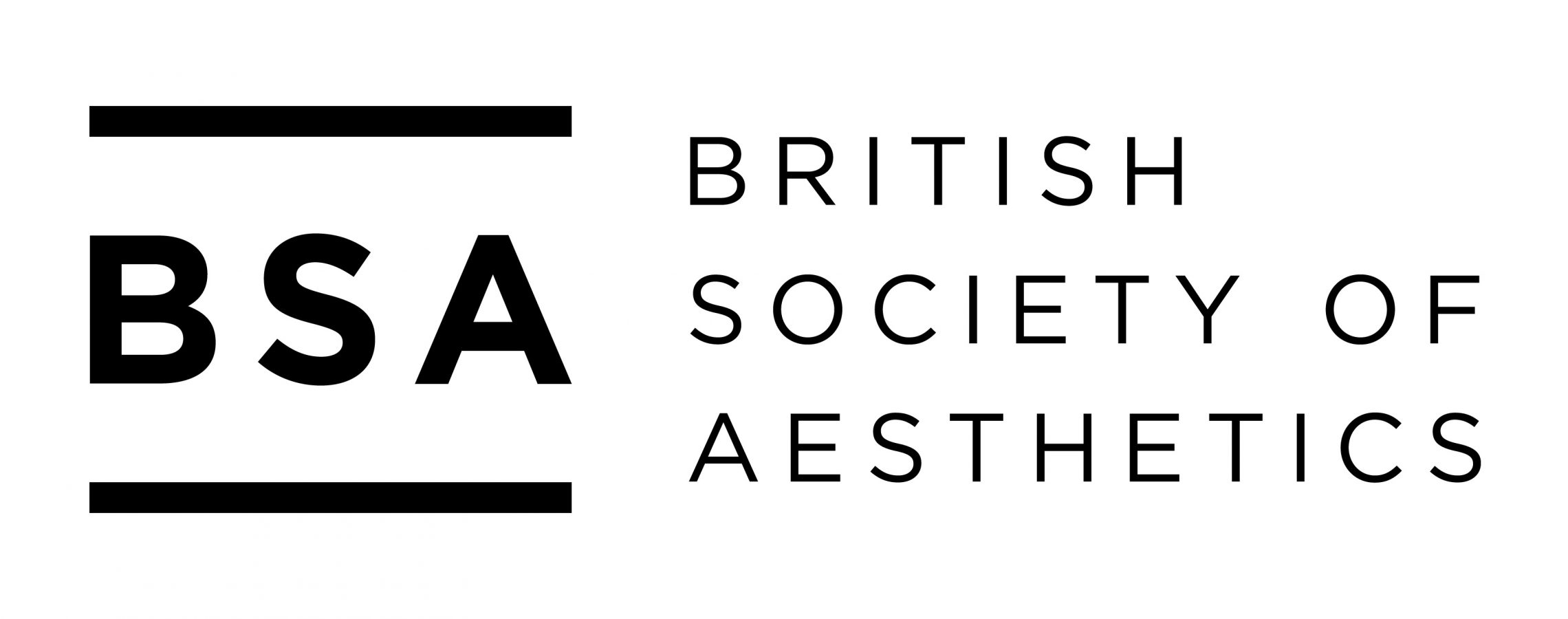The deadline for submission of abstracts has been extended to January 22, 2016.
8th Art of Management and Organisation Conference
Conference theme: Empowering the intangible: exploring, feeling and expressing through the arts
1-4 September 2016
Hosted by IEDC-Bled School of Management, Postgraduate Studies, Slovenia
Call for Abstracts for Events & Papers etc.
To the stream:
The Aestheticisation of Religious Rites, Symbols, Myths, Objects and Stories in/by Management and Organisations
Convened by:
Graham K Henning, Adelphi University, New York and Ewa Filipp, Public Space Research Institute, Academy of Fine Arts, Warsaw, Poland
Many religious rites, symbols, myths, objects and stories have been appropriated or unconsciously reproduced by management and organisations. Many of these have roots in specific religions but many have come down to us from, what is often called pagan religions, or primitive religious situations.
We are looking for papers/presentations, performances, panel discussions or other creative ways of addressing a range of issues from the use and abuse of stories, objects, rites, myths and symbols, to the “corruption” of the elements for organisational and managerial ends not congruent with their original purpose, to the enhancing of organisational goals through affiliation with the symbol, to the effects they have on organisational players, and beyond.
We are looking for engagement with different religious/spiritual traditions in critique or support of the efforts of management and organisations in developing and using various religious objects, symbols, myths, rites and stories. As well, we are interested in meta-analyses such as whether the use of aesthetic concepts in management studies provide a different, better, worse or the same analysis as aesthetic concepts used in religion/spirituality. For example, Hans Urs von Balthasar, the Catholic theologian, has written on aesthetics and theology. He argues that Christian aesthetics is different from “human” aesthetics. The former is based on the beauty of the trinitarian and incarnational revelation of Christianity. Further, one cannot and should not separate the beautiful from the good and the true in both theology and philosophy, and that Christian symbols, for example, contained all three as they arose from such revelational truth, goodness and beauty. “Human beauty” has its own values that may not correlate with religious aesthetics, especially the joining together of truth, goodness and beauty, being concerned only with formal aesthetic elements. To some extent there have been challenges to this idea that “human beauty” is not connected to truth and goodness, and part of that challenge has come from authors like Strati and Gadamer. As well, the development of object oriented ontologies, speculative realism and “new aesthetics” brings into play non-human “actors”. So, how do the claims of the various approaches to aesthetics compare to one another, critique each other and generally develop more or less cogent analyses of the appropriation and aestheticization of religious rites, symbols, stories and myths by management and organisations?
Other questions that may be addressed, without limiting the scope of submissions includes, do the symbols appropriated by organisations still speak of truth, goodness and beauty? Do they give a gloss to the organisation so that it can operate behind these values doing the opposite (one may think of Google’s claim to do no evil)? Do organisations and management reveal spiritual/religious ways or tendencies even in their supposed secularism, as Elaide has forcefully argued for other areas of modern secular life? Has anything been lost or gained in the transposition of religious symbols, stories, objects and myths to the organisational setting? Do these religious “objects” promote their original religious messages or some new “religion” such as capitalism, technology, etc.? Can it be said that the stories, objects, myths and symbols when transposed to the organisation setting include the new “religion” as well as the old or has there been a divorce? Do consumers, as they “wear” or conspicuously use organisational symbols, etc. become identified with the organisation as religious adherents do with their religion? What issues of meaning making are uncovered? Generally, what can the move of religious aesthetic elements to the secular organisation tell us about capitalism, management, organisations, our world, etc.?
We hope to examine in new ways the relationship of religion, aesthetics and management/organisations through the stream presentations, performances and discussions.
Deadline for abstracts: December 7th, 2015 Extended to January 22, 2016
The abstract of up to 500 words should be e-mailed to:
· Convenor: Graham K Henning, henning@adelphi.edu
